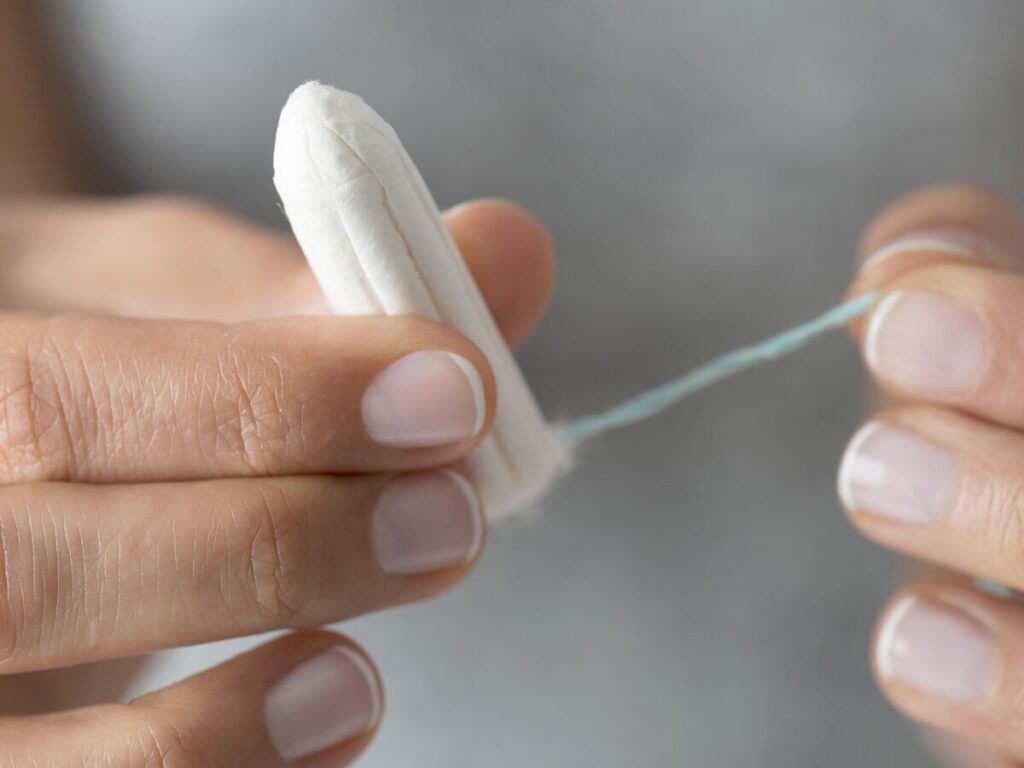Researchers at the University of California, Berkeley, have found 16 different toxic metals they tested for in 14 different brands of tampons. Zinc was found in the highest concentration, alongside other metals such as arsenic, mercury and iron.
According to the researchers, there is “no safe level” of toxic substances in the tampons they analysed. Exposure to these metals are linked to an increased risk of cancer, infertility and dementia, among other health risks.
Half of the world’s population menstruate or will menstruate at some point in their lives. Thus, authors highlight a “large potential for public health concern”, particularly as 50-80% of those who menstruate use tampons.
Due to the increased sensitivity of the vaginal skin to chemical absorption, tampons have attracted concern by health professionals as a source of metal exposure. Cotton and rayon are the main materials tampons are made from. Traces of these metals can find their way into the product by the plants, as they are growing, absorbing contaminated soil, water or air. Alternatively, it may occur, less frequently, through a pigment added during the manufacturing process, authors say.
Tampons are legally required to be regulated for product safety across the EU, USA and UK. However, chemical testing is not required, as of yet. “Modern-day” tampons were invented in the 1930s, and across almost a century, as far as the authors are aware, this is the first study testing them for toxic metals.
This study prompts wider calls for “regulations requiring the testing of metals in tampons by manufacturers”. Historically, research into menstrual products and women’s gynaecological health has been inadequate. As gynaecologist Banafsheh Bayati tells Vogue, “women’s health is historically underrepresented, understudied, and underfunded”.
